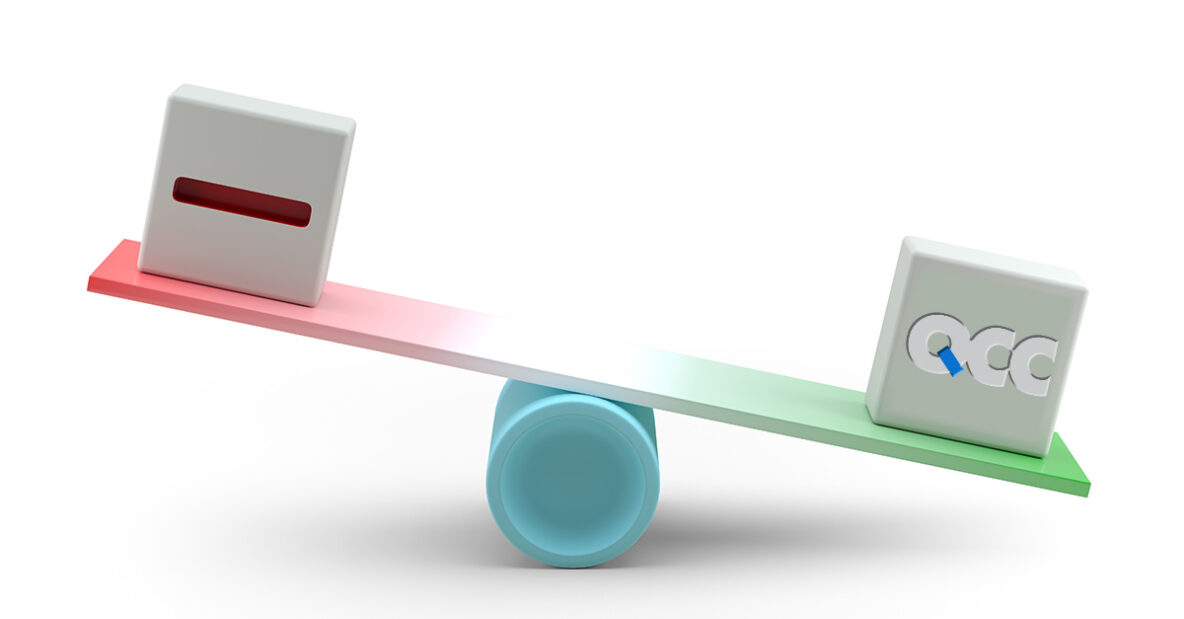How Can I Calculate the Cost vs Benefit of Utilizing Contract Manufacturing ?

Calculating the cost vs benefit for contract manufacturing vs manufacturing yourself involves analyzing the financial and non-financial factors associated with each option. There is no one-size-fits-all formula for determining whether to manufacture yourself or contract manufacture, as it depends on various factors such as your business goals, financial situation, production capacity, and expertise. However, you can use a cost-benefit analysis approach to compare the financial and non-financial benefits and costs of each option. Here are some steps to help you evaluate which option is the best fit for your business:
- Determine the cost of manufacturing yourself: Calculate the total cost of manufacturing the product yourself, including raw materials, labor costs, production overheads, and capital expenditures such as equipment and facilities. Be sure to consider both the fixed and variable costs associated with manufacturing.
- Determine the cost of contract manufacturing: Obtain quotes from contract manufacturers to determine the cost of outsourcing production. This should include all costs, such as the cost of raw materials, labor costs, and overheads.
- Compare costs: Compare the cost of manufacturing yourself to the cost of contract manufacturing. Take into account any differences in quality, production capacity, and delivery time.
- Analyze benefits: Consider the non-financial benefits associated with each option. For example, manufacturing yourself may provide greater control over the production process and quality, while contract manufacturing may provide access to specialized expertise and equipment.
- Calculate the return on investment (ROI): Calculate the potential ROI for each option by estimating the revenue generated by the product and subtracting the associated costs. This will help you to determine which option provides the greatest financial benefit.
- Consider the risks: Evaluate the risks associated with each option, such as quality control issues.
Regarding the typical IRR (internal rate of return) on opening a factory, this can vary widely depending on the type of factory, industry, location, and other factors. Generally, a higher IRR is preferred, as it indicates a higher potential return on investment. A typical IRR target for a manufacturing project is around 20-25%, but this can vary depending on the specific circumstances of the project. It is important to conduct a thorough financial analysis and consider various factors, such as capital expenditures, operating costs, revenue projections, and market conditions, to determine the potential IRR for a new factory project.
By following these steps, you can calculate the cost vs benefit of contract manufacturing vs manufacturing yourself and make an informed decision about which option is the best fit for your business. It is important to evaluate each option carefully and consider both the financial and non-financial factors to ensure that you make the best decision for your business.
QCC is here to help #qccllc #leanmanufacturing #outsourcemanufacturing
Want to discuss Cost vs Benefit of Utilizing Contract Manufacturing with QCC?

